
All categories
Featured selections
Trade Assurance
Buyer Central
Help Center
Get the app
Become a supplier

(2958 products available)







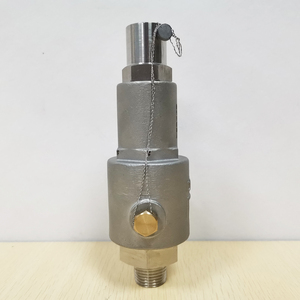
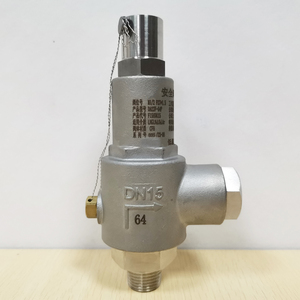




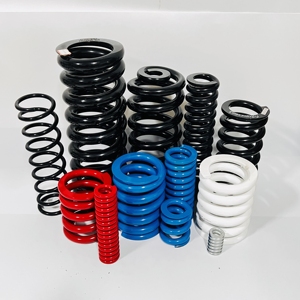


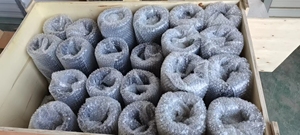




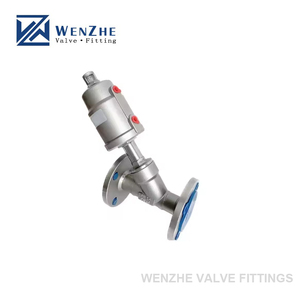


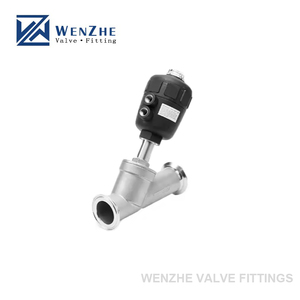
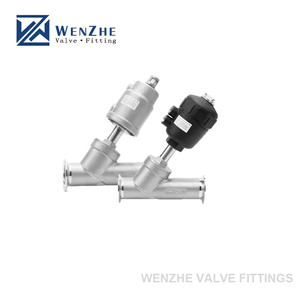

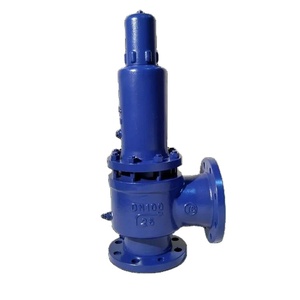

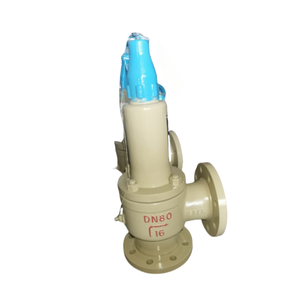

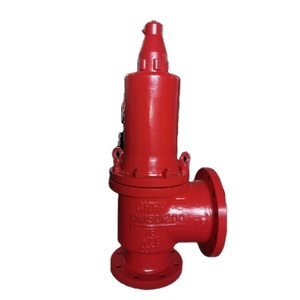
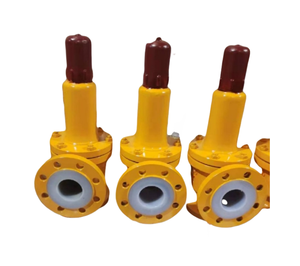






Safety valve springs have different applications in various industrial domains. Then, knowing these varieties will help consumers pick the right one for their needs.
These springs are among the most common and for a good reason. Typically, they withstand higher temperatures and pressures than other materials. So, users can often find them in power plants and oil refineries, where situations can get extreme.
Stainless steel is not cheap but costs less than chromium-silicon. It is a better-than-average option for high-temperature applications where it needs corrosion resistance. Often, users get this spring in refineries and chemical plants.
This kind of steel spring works well when users have low to average pressure needs. While not ideal for high-pressure scenarios, it offers an affordable option for various applications. Commonly, they exist in water systems, steam boilers, and pressure cookers.
Even though the titanium alloy is expensive, it is lighter and can resist corrosion better than stainless steel. Its higher cost limits its use to very demanding situations, like aerospace. More so, its use in everyday applications rarely occurs.
Manufacturers use copper alloys when they need conductivity and corrosion resistance. Ideally, copper won't work for high-temperature and high-pressure scenarios. Nonetheless, they come in handy in vapor recovery systems and marine environments.
When selecting a suitable safety valve spring, there will be various factors to consider. These details will impact the spring's performance and lifecycle. Below are some of these factors.
Ensure the spring material works well with the safety valve. For instance, copper or titanium align more with aerospace applications. Stainless steel and petroleum steel are better for chemical refineries and power plants.
While there are cheaper options like petroleum steel springs, they have disadvantages. This steel makes sense for low-pressure events but falls short in extreme conditions. If the pressure is relatively low, buying petroleum steel springs in bulk will be cheaper than titanium or copper-alloy springs.
Manufacturers define the spring rate as the force needed to compress the spring by one unit. Proper selection goes a long way in ensuring the safety valve opens at the right pressure. It also helps the system run optimally without risking safety. This rate allows users to understand how the spring will behave under load. It is vital to make sure the valve works as it should during pressure variations.
Temperature is a major factor in spring selection. This condition makes chromo-silicon the go-to option for industries. After all, it copes well with extremely high temperatures. Stainless steel also handles heat well, but not as much as chromium-silicon. Do not use copper alloys in high-temperature environments. They will simply fail fast.
The environment determines if a spring will rust or not. The refineries and chemical plants usually deal with corrosive materials. So, they will most likely be using stainless steel and chromium-silicon springs. These materials offer the best defence against corrosion.
Proper upkeep of the safety valve spring is critical. Not only does it ensure safety, but it also saves on replacement and manual costs. Plus, knowing the key specs keeps the spring working at its best.
Here's a quick overview of the main specs manufacturers use to define safety valve springs.
Safety valves release extra pressure to prevent explosions, ruptures, and other disasters. The spring plays a vital role in this process. Knowing how to use these springs means understanding why industries need them to remain safe.
Avoiding catastrophes is the main goal of any pressure system. So, they do it by keeping the pressure within safe limits. Safety valves open and release extra pressure when systems reach these limits. The springs are just as vital here, as they help the valve close and open.
People in the industry know how frustrating equipment failure is. It is especially so when it leads to downtime. After all, the lost productivity and costs can be rather high. Safety valve springs help prevent this problem. They make sure the pressure levels stay within safe ranges.
They also keep the system running smoothly. With the help of regular maintenance, these springs avoid failures. They ensure all operations run with minimum disruption.
Many jurisdictions don't play around with industrial rules. They make the springs and other pressure equipment comply with safety regulations.
Ignoring these rules leads to hefty fines and, worst, shutdowns. Many industries see these repercussions as an existential threat. Springs for safety valves also come in handy in making sure that safety standards are met. This act ensures that companies avoid these legal headaches.
It is always more expensive to repair things than to replace or even maintain them. But safety valve springs do a good job of keeping equipment and surrounding areas safe. They prevent the need for costly repairs.
Damaged equipment has to release pressure somewhere. When that happens, it can harm not just the equipment but also infrastructure. Safety springs help avoid this issue. They keep pressure contained so it does not escape and cause destruction.
A1: The electrical generating, oil and gas, chemical refining, and maritime businesses often use electric springs. They use them to manage dangers and guarantee safe functioning in their systems. This factor is vital because of the high-pressure and corrosive situations in these industries.
A2:Usually, stainless steel springs enjoy better value in the long run. Though more expensive upfront, they last longer in high-pressure and corrosive areas. Copper alloys do not last long in these environments, and replacement will be more frequent.
A3: Chromium-silicon is the better option for extreme temperatures. The silicon content allows the spring to maintain its strength and flexibility under extremely high temperatures. This feature prevents catastrophic failures while offering safety and efficiency.
A4: Yes. The materials affect how much the spring can compress and still return to its normal state. However, the drawback to tolerance is that tolerance is not always easy to measure. It usually takes very specialized equipment to do so.
A5: Regular inspections, cleaning, and lubrication will help increase the spring's lifespan. Also, making sure the operating conditions stay stable helps keep the spring in good condition for much longer.